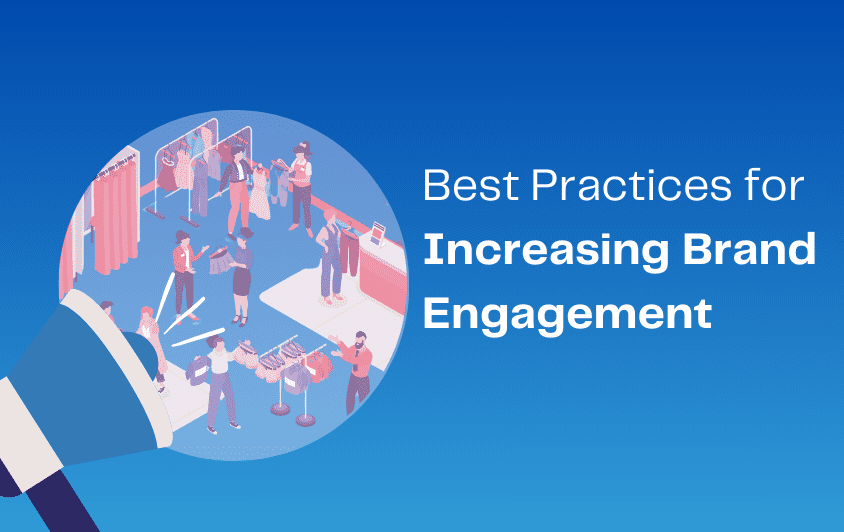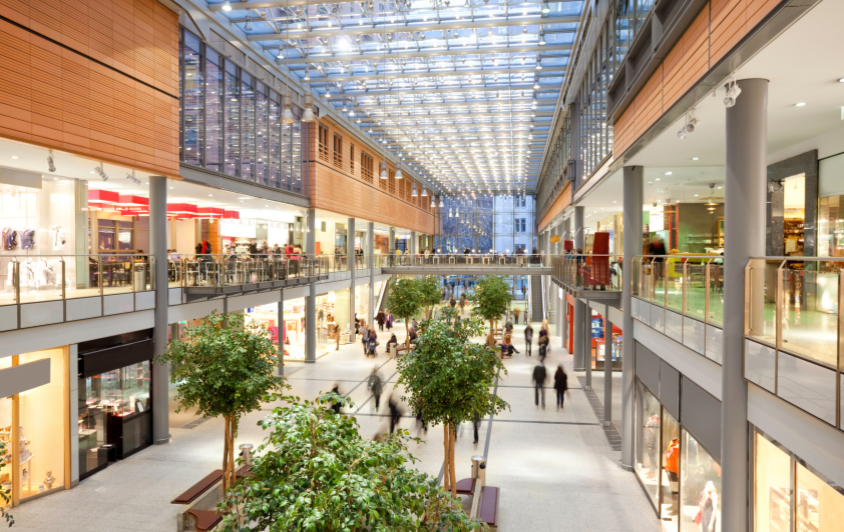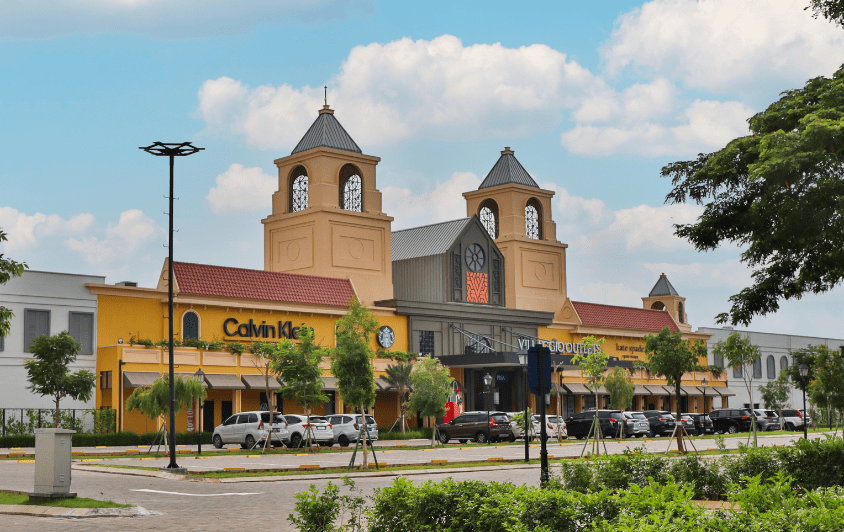Creating successful customer loyalty programs is something Ben Chesser knows a lot about. As CEO of Coniq, he has worked with the world’s leading retail destinations to launch more programs than any other company in Europe.
Coniq now runs customer engagement and loyalty programs in 25 countries worldwide, powering over 2 billion euros of transactions annually, driving spend and engagement with over 17 million shoppers.
We took time out of Ben’s busy schedule to ask him what he sees as the key challenges customer loyalty programs are facing to remain successful and relevant in today’s changing retail environment.
In your experience, what makes a great loyalty program?
Every organisation we work with has different business objectives and operates in a different business environment from retailers they serve to shoppers they attract. Coniq invests a lot of time at the beginning of every relationship making sure that we understand these goals and design a solution that will achieve them. For me, however, the 3 factors that consistently define success are:
1. The program builds a strong relationship with the consumer
Centres are brands in their own right and good programmes build a meaningful bond between the consumer and the centre. This goes way beyond discounts, it is about investment in a relationship and giving customers what they want.
2. The customer loyalty program helps retailers trade better
The most successful loyalty programs we see provide insight that wasn’t available before the program launched – not only does this help the retailer trade better, but it also creates a compelling reason for the retailer to invest in a long-term, value-creating partnership with that landlord.
3. The loyalty program delivers financial results at scale
We know time and time again that our solutions drive Average Transaction Values (ATV), Spend Per Visit (SPV) and Frequency Of Visit (FOV) – all vital in today’s retail environment. Avoid customer loyalty programs where the cost to deliver it scales as the program grows, as this means it is doomed to failure from day one.
Data has been a buzzword for some time now – how should centres capitalise on their data?
For me, centres don’t need more data, they need partners that help them make sense of all the data they already have. For example, social media is an excellent way to recruit customers but the level of insight is limited. On the other hand, Card-linking is a fabulous way to get rich insight into customer spend, but not everyone will be willing to share their card or bank details. We have therefore invested in a CRM solution that helps manage multiple data sources for a huge number of visitors and translates this into insight that can be acted on, helping centres make informed decisions based on actual consumer behaviour.
I spoke at a conference earlier this year about “Digital Spaghetti”, describing how many landlords have tried to link one data feed to another in order to get more meaningful insight, and this remains a key topic across the globe: Whilst connecting multiple technologies and data sources is a good thing, it needs to be done in the right way. Many landlords are actively seeking a well-designed, central system to link all their shopper touchpoints together, not only to avoid complexity but to avoid a solution that is patched together at great expense. This produced unwieldy results and, more importantly, doesn’t give their guests the seamless and joined-up experience they demand.
Many shopping centres across Europe have launched loyalty programs in 2019, why do you think that is?
Outlets were early adopters of loyalty CRM but we have recently been involved in several launches in the full-price sector, and this is a trend that I expect will gather momentum.
A key reason that full-price malls are following suit is that data consistently shows that members of a customer loyalty program visit more, spend more and are more loyal, which improves the performance of the centre and provides real-time insight into consumer behaviour.
The sector is facing increased competition – Malls are competing for retailers and competing to remain relevant for consumers, at the same time, brands are not only competing with other retailers but also amongst their own distribution channels. The data from a loyalty program can help retailers understand the value of mall based stores by providing them with previously unavailable insight into their customers and their performance against peers.
Coniq have conducted annual research on loyalty and the results consistently show that the best customers spend a disproportionate amount of money in the mall: Marketing budgets are under significant pressure as the retail model evolves, so understanding where to invest marketing resources is key, as is retaining the customers that can have the most impact on the bottom line.
Since Coniq launched one of the first pan-European rewards programs back in 2010, what has changed?
There are 3 major changes that I think have had a huge impact on our industry:
Customers need a truly personalised experience
The days are long gone where blanket emails will be tolerated by consumers, they want to feel that a brand understands them and builds a relationship with them. Remember, sending emails is not bad, but sending bad ones is inexcusable! This puts pressure on malls to ensure as a minimum they segment communications and serve relevant content based on behaviours such as spend or engagement.
Centres want actionable data
The changing retail landscape means that stores are reviewing their portfolio and centres are trying to understand how to remain relevant against the onset of online competition. The interesting fact is that neither has the whole picture – retailers have great insight into what a customer does in their store, but they don’t know anything about the rest of their visit. Landlords have historically understood more about consumer behaviour across the whole shopping centre, but have lacked transactional information. The opportunity today is for data collaboration that delivers more actionable insight for both parties and a better experience for the customer.
Technology is revolutionising customer loyalty
At first, technology created a landscape where much of the customer journey could be automated, but now AI can spot patterns of behaviour that humans never could. For the centre that means identifying consumer groups that traditional demographic analysis will miss, and for the consumer, it will mean even better personalisation of offers and rewards based on their specific behaviours.
And finally, why has Coniq been so successful?
I am incredibly proud of the team and what we have achieved, I believe the key to our success has been our absolute focus on building the best product for retail. Coniq was born in retail and for 10 years we have focused exclusively on the sector, meaning we have unrivalled experience that we can use to help clients achieve the right solution.
That experience means we know what works, so clients can choose a Coniq solution, confident in the knowledge that it uses tried and tested mechanics that we have been refined over time. Also, by creating a SaaS solution our programs are quick to deploy, so clients can launch a loyalty program in a matter of weeks, with the benefit of continual platform improvements and no need to develop costly bespoke solutions.
If you’re attending Mapic let us know if you’d like to catch up over a coffee! Book a meeting or visit us on stand P-1.G75






